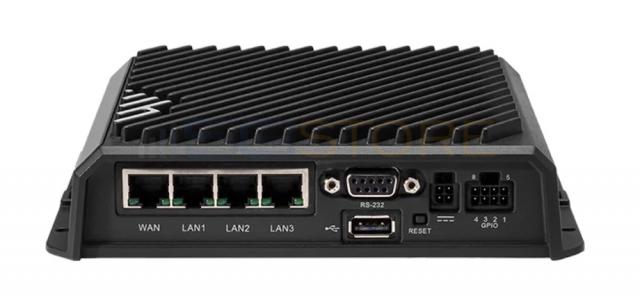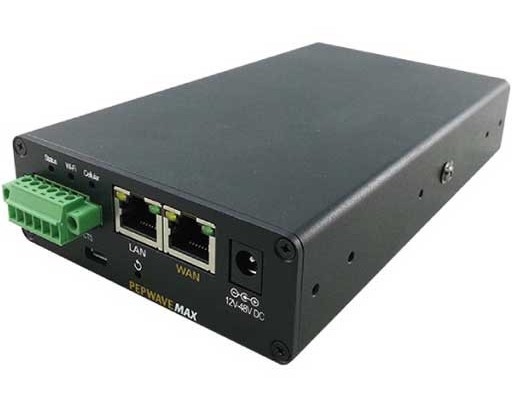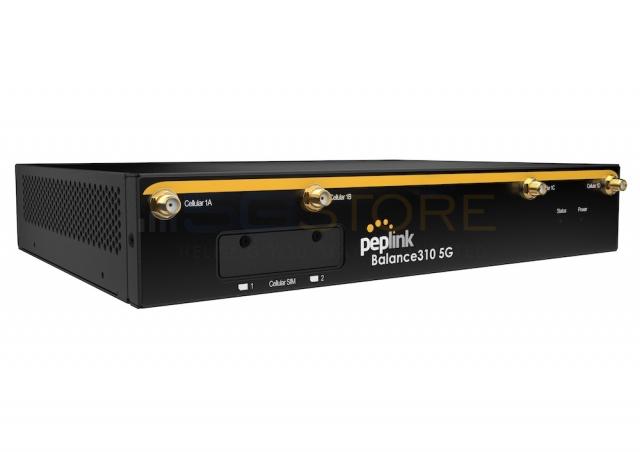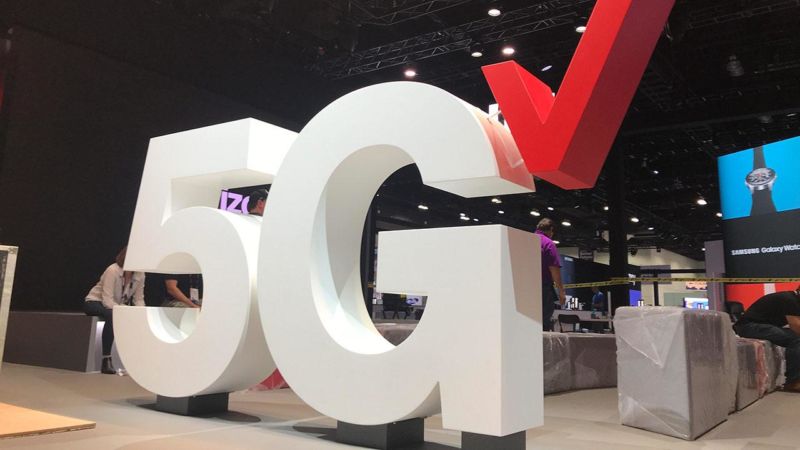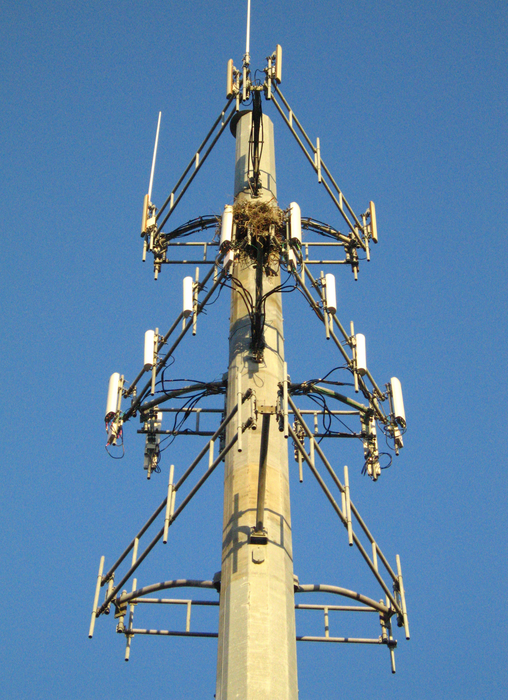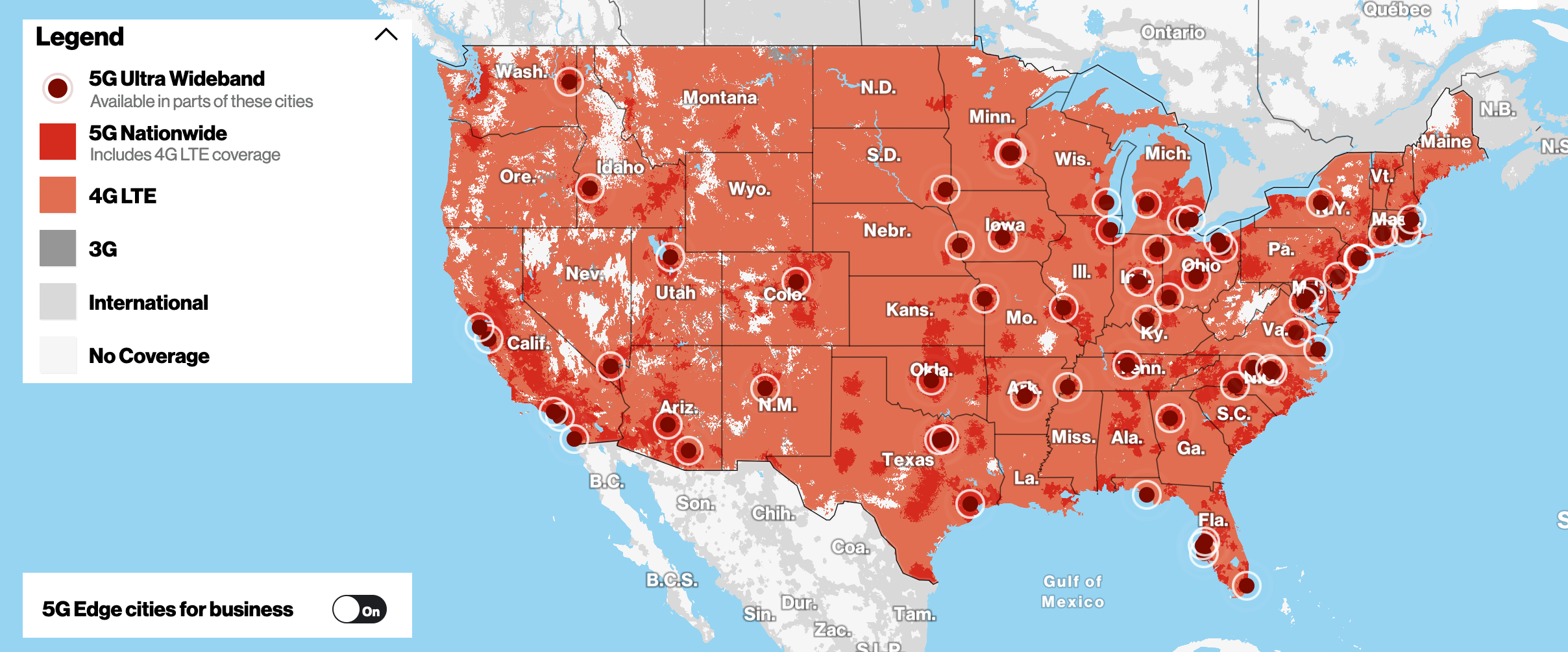Cradlepoint has announced their first 5G-capable router to be available in the U.S., the R1900.
Ruggedized and optimized for vehicle deployments, the R1900 includes an embedded 5G modem with Cat 20 LTE failback and also features 4×4 WiFi 6 and POE. Accessories that expand its capabilities to support additional POE ports or a second cellular modem make it even more versatile and adaptable for demanding applications.
The R1900 will start at $1999 with a 1-year Netcloud package and is expected to be available on May 31.
Key features:
- Deploy the ultimate 5G NR / Cat 20 LTE mobile networking solution
- Add a second cellular modem for simultaneous dual-carrier connectivity
- Take advantage of Wi-Fi 6 for the best possible connections
- Integrate into AVL systems with discrete GNSS and dead reckoning
- Extend your deployment with powerful edge compute capabilities and container support
- Enable unified edge security with application aware multizone firewalls, IDS/IPS, and Internet security
- Define policies through centralized cloud-based management for easy deployment at scale



